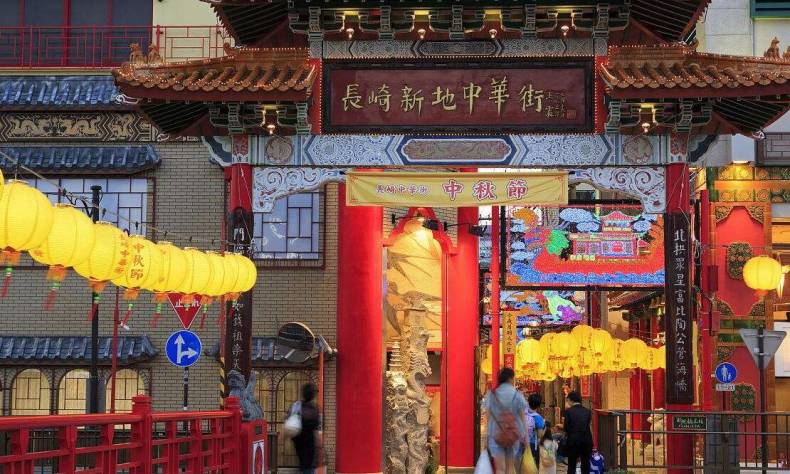
Deepening US-China Cultural Exchanges – the Way Forward
Regardless of the current political climate between China and the US, one thing that is unlikely to be hampered is the growth of cultural exchanges between the two countries.
By Julian
Regardless of the current political climate between China and the US, one thing that is unlikely to be hampered is the growth of cultural exchanges between the two countries. Recent years have seen a major boom in the enthusiasm for cultural output from the either side of the Pacific, with a similar trend in flows of people. The Chinese appetite for American culture, which has been strong ever since China opened up to the world, only seems to have increased with easier access provided by new technology. And America is increasingly opening up to China, with interest fed by the rising power and status of China on the world stage, as well as the increase in programs and opportunities that bring Chinese culture and people to the USA. In the face of growing economic and political tension between the two countries, it is more important than ever that China and the US maintain strong cultural ties. The mutual appreciation for each other’s culture, and an accompanying realization of the vast array of peoples, traditions and perspectives that are the foundation of both countries, is having a growing impact on how the world sees them.
The foundation of US-China cultural exchange goes back to the early period of reform and opening-up in the late 70s and early 80s. At the time many accords were signed between the two governments agreeing to implement cultural exchange in a variety of areas, such as performing arts, television, literature and education. In recent years, however, the amount of cultural flow between the US and China has increased at a very rapid rate, largely due to the internet. Although negotiations between government representatives have not yet reached agreement on the planned expansion of China’s yearly quota of foreign film imports, Chinese movie fans can now access thousands of American movies (as well as television programs and other media) at the click of a button – an important source of information about American culture and ideals. While Chinese movies do not enjoy the same popularity overseas, the quality of Chinese media is improving, and soon audiences in the USA and other countries may enjoy the same opportunity to learn about China through entertainment.
The internet is not the only facilitator of cultural exchange, of course, and there are many programs operating in both countries to bring the arts, customs and values of one country to the other. Even at the embassy level, cultural diplomacy programs remain a mainstay of their work. And now citizen diplomacy has reached an all-time high as well, an unusual situation between two such major world powers, with tourism and education both creating major flows of people between China and the US. Chinese visitors to the US increased by more than 400% between 2009 and 2016; 2016 was also a record year for US visitors to China. Further, educational exchange has also increased dramatically.China has been the top source of foreign students coming into the US, accounting for nearly one third of international enrollments. This flow, however, is now going both ways, with the number of American students studying in China doubling between 2004 and 2014.
While American culture enjoys great popularity in China, most residents of the US have comparatively less interest in Chinese culture. Part of this may be blamed on America’s status as the world’s hegemon in the past several decades – while all the eyes of the world were pointed at the US, those within felt little need to look outward. However, this may be changing with regard to China, as recent years have seen many more US schools offering Mandarin programs, and an increasing presence of Chinese cultural events such as Spring Festival celebrations and performances. The current climate within America, however, suggests that the rise in ethnic and racial tensions creates complications for cultural exchange, as can be seen in the controversy over an American high school student who chose to wear a Chinese qipao to the school’s formal event. Since America is a multicultural country, many Americans may be anxious or confused about balancing their interest in other cultures with their desire to respect those cultural traditions. In this climate it may be especially helpful to increase official cultural activities from China, so that Americans may better understand how to appreciate the many appealing things that China has to offer.
The most important thing, in today’s globalized society, is to foster mutual understanding between the people of vastly different countries. If rival countries can understand the ideals and customs that their opponents’ actions are based on, then it may lead to more fruitful outcomes at the negotiating table and less reckless action. Since the US and China can now be viewed as the two dominant powers in the world, it is of vital importance that they understand each other, and therefore the increase of cultural exchange is of immense value to their diplomatic relations. Current trends in media and cultural institutions may well have helped to smoothen China’s rise so far, and cultural outreach – as well as the importing of American culture – should increase in accordance with China’s power and influence, to ensure its relationship with the US remains peaceful and mutually beneficial. As long as the people of the two nations understand each other, political and economic differences can always be overcome.
Julian, teacher in China Foreign Affairs University.
The article represents the author’s personal opinion which does not represent the China Focus’ stance.
 Facebook
Facebook
 Twitter
Twitter
 Linkedin
Linkedin
 Google +
Google +










